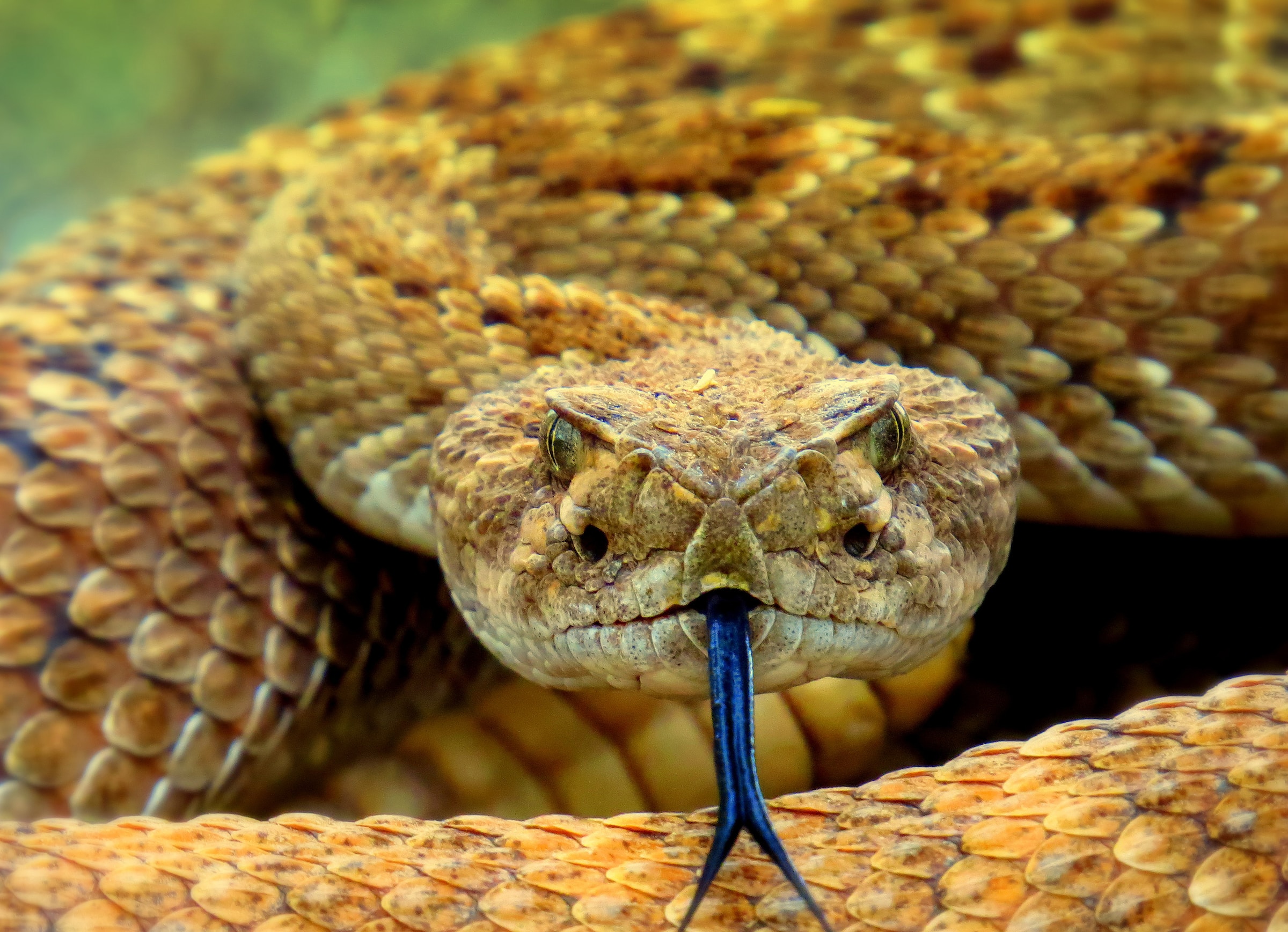Debunking 10 Common Misconceptions About Rattlesnakes

Rattlesnakes are one of the most fascinating and misunderstood creatures of the animal kingdom. With their distinctive rattles and venomous bite, they have long been the subject of myths and misconceptions.
In this article, we will debunk 10 of the most common misconceptions about rattlesnakes and separate fact from fiction. From their diet to their behavior, we will provide clarity on these fascinating creatures.
Rattlesnakes are aggressive and will attack humans unprovoked.
Contrary to popular belief, rattlesnakes are not aggressive creatures and will usually only attack humans if they feel threatened or cornered. They would much rather avoid confrontation and save their venom for hunting prey.
Rattlesnakes are only found in deserts.
While it is true that some species of rattlesnakes are found in desert habitats, they can also be found in forests, grasslands, and even swamps. They are versatile species that can adapt to a wide range of environments.
Rattlesnakes cannot control the amount of venom they inject.
This is a common myth, but rattlesnakes can control the amount of venom they inject into their prey. They can adjust the amount based on the size and threat level of the animal they are attacking.
Baby rattlesnakes are more venomous than adult rattlesnakes.
This is not true. While baby rattlesnakes may have less control over the amount of venom they inject, they are not more venomous than adult rattlesnakes.
Rattlesnakes only eat rodents.
While rodents make up a significant portion of a rattlesnake’s diet, they are also known to eat lizards, birds, and even other snakes.
Rattlesnakes will always rattle before they attack.
While rattlesnakes do use their distinctive rattle as a warning sign, they may not always rattle before attacking. This is especially true if they feel threatened and are trying to defend themselves.
Rattlesnakes are nocturnal.
While some species of rattlesnakes are more active at night, they are not strictly nocturnal creatures. They are also active during the day, especially during the cooler months.
Rattlesnakes are immune to their venom.
This is a common myth, but rattlesnakes are not immune to their venom. They are just as susceptible to it as any other animal.
Rattlesnakes always inject venom when they bite.
Not all rattlesnake bites result in venom being injected. Sometimes they will give a “dry” bite, meaning that no venom is released.
Cutting and sucking venom from a rattlesnake bite will save your life.
This is a dangerous myth. Cutting and sucking venom from a rattlesnake bite can make the situation worse. It is important to seek medical attention immediately if bitten by a rattlesnake.
And, finally, to conclude, rattlesnakes are fascinating creatures that have long been the subject of myths and misconceptions. By separating fact from fiction, we can better understand and appreciate these incredible creatures. Remember, if you encounter a rattlesnake, give it plenty of space and respect its territory. With proper knowledge and respect, we can coexist peacefully with these amazing creatures.





